5. Kirsten Dunst in Melancholia
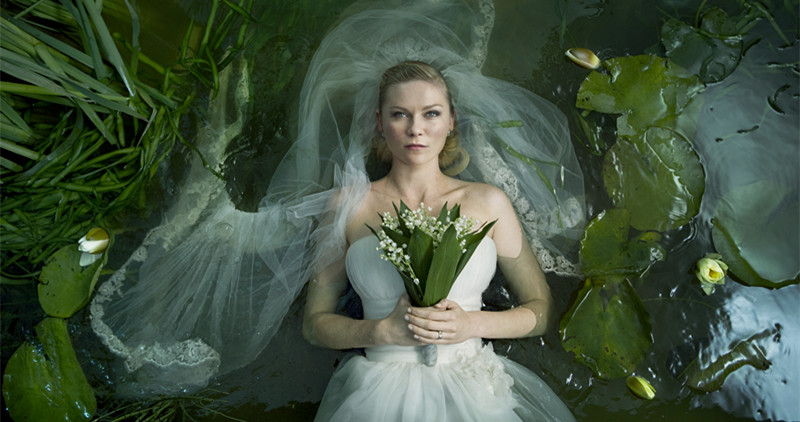
Depression and death are recurring themes in von Trier’s filmography. “Melancholia” presents a terrifying tale about both of these subjects.
The film stars Kirsten Dunst as Justine, a deeply depressed woman. We see her cope with her disease as she tries to fit into the “real world” by getting married in front of all her family, friends and co-workers.
Later in the movie, after accepting the truth of her failed marriage, Justine becomes swarmed with sadness. It’s interesting to see how she goes from being happy and perfectly normal in public, to not being able to even move by herself in private.
At the same time, a planet called Melancholia is about to crash into Earth. Everyone is panicking, except Justine. She embraces death because her depression has taken the joy of life from her, as it’s portrayed in an amazing scene in which she lays naked under the light of the moon and in full view of Earth’s soon-to-be destroyer. Justine is relaxed and comfortable when facing the upcoming apocalypse.
Dunst’s performance is outstanding. She acts both cynical and sarcastic in the face of her sister’s despair. The contrast between the two emphasizes Justine’s detachment to society around her.
Best Scene in the Film: In the film, Justine’s horse represents her hope for a normal life away from her constant sadness. When she arrives at the party with her new husband, she happily introduces him to the horse.
Later in the film, she’s joyfully horseback riding alongside her sister. Justine suddenly starts savagely beating the animal after it refuses to cross a bridge; this symbolizes how her depression stops her from doing what she wants. At this moment, the protagonist succumbs to her frustration, realizing that “normal” things like being happily married or having children are not for her. Things that her sister, who went ahead of her crossing the bridge, has already done.
Dunst’s ability switch rapidly from one emotional state to another is a key element of her performance; it was imperative to portray Justine’s mental imbalance to fully understand what was going on inside her mind.
4. Charlotte Gainsbourg in Nymphomaniac II
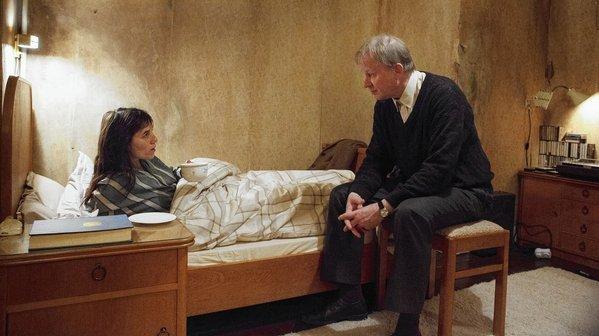
“Nymphomaniac I” is all about the joys sex can bring. The young version of Gainsbourg’s character, Joe, spends her days making love to any man that slightly attracts her, and she seems to be having a great time.
“Nymphomaniac II” is about the consequences of a life of excesses. After Joe loses all sensibility in her vagina, she’s forced to look for new extreme ways to stimulate herself. Along the way, Joe has an unsuccessful threesome, performs an abortion on herself, abandons her family, becomes sadomasochistic, and then a violent debt collector.
Through all this craziness, Gainsbourg perfectly portrays how her character grows more and more depressed. Every sexual failure she endures becomes a new nail in her coffin. Gainsbourg expresses Joe’s vulnerability by repressed gestures of grief and rage; her character tries to stay strong, so she doesn’t let herself fully experience her emotions. That’s why when she becomes a savage extortionist, Joe finally lets out the repressed anger with catastrophic results.
Gainsbourg’s mannerisms express Joe’s true selfish and immoral character. After losing the ability to enjoy sex, she puts herself above everybody and doesn’t really care about anyone’s feelings. The search for her own satisfaction turns her into a despicable individual. Joe’s final emaciated look accentuates the deplorable state she ends up in.
Best Scene in the Film: Joe tells the horrifying story of her self-inflicted abortion. After her mandatory appointment with the psychiatrist goes wrong, her application for getting an abortion performed by a professional is denied. The idea of having a child terrifies Joe, so she decides to perform the surgery on herself.
The whole scene is absolutely horrible. Charlotte’s performance is jarring as she coldly inserts a clothing hook into her vagina. The pain she expresses and the whole experience overall represent how Joe has finally hit rock bottom.
3. Emily Watson in Breaking the Waves
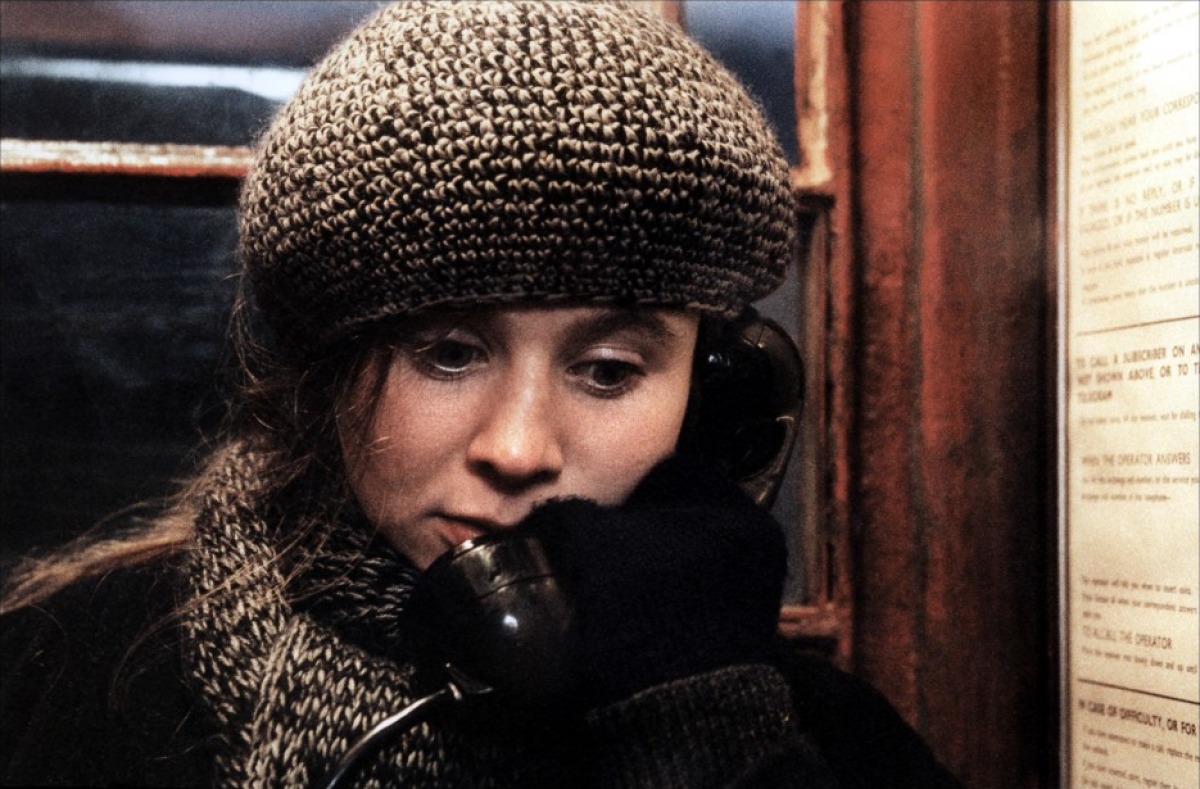
Bess had the bad luck of being born into an extremely authoritarian religious community. Her family is very strict and she is deprived of most of life’s pleasures, until she marries Jan; he quickly introduces her to many important experiences, such as lovemaking, going to the movies, unlimited freedom and having fun.
The protagonist is a bit mentally unstable. She’s either cheerfully happy or hysterically sad. Watson does a great job in switching so easily between these emotional states. Her performance must have been very physically exhausting; Watson’s expressions and gestures are extremely intense, and her acting is so good that no dialogue is needed for us to understand how the character feels.
She avidly believes in God and has conversations with him on a daily basis. The protagonist plays both “roles” as she speaks as herself and then closes her eyes and imitates the voice of God. This scene repeats many times throughout the movie, and it’s great to see how the protagonist goes through this sort of confession on her own; Watson emanates confidence as she’s able to make these bits work by herself.
Watson is present in every scene of the film; she carries the whole movie on her shoulders. As it often happens in von Trier’s filmography, the female lead is responsible for keeping the film together. Watson was the first to do this, though, so she deserves extra credit.
Best Scene in the Film: “Breaking the Waves” is divided into chapters. The second one is called “Life with Jan.” In it, Bess and her husband experience a sort of relationship development journey.
The whole chapter is the best part of the film. Bess and Jan get to know each other better, and both actors become their characters to portray a believable series of situations that is key to then show the grief Bess suffers when Jan is away working.
The dialogue is scarce; Skarsgård and Watson are forced to make use of their full acting talent to show the audience how they love each other. This is done through various creative scenes that constitute the most important and enjoyable part of the film.
2. Charlotte Gainsbourg in Antichrist
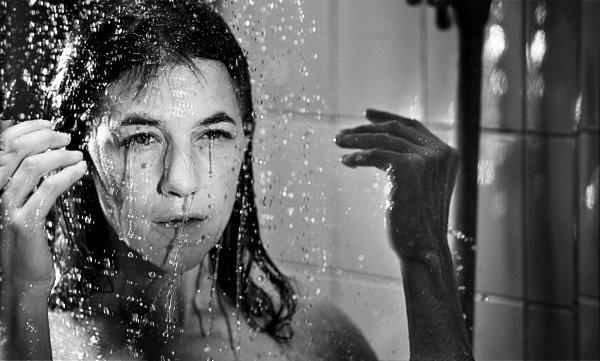
Lars von Trier fittingly dedicates “Antichrist” to Andrei Tarkovski. This masterpiece is just as disorienting and beautiful as the Russian master’s films.
Gainsbourg plays a woman enduring unbearable amounts of grief and sorrow, after the accidental death of her only child. Her psychiatrist husband (Willem Dafoe) thinks that she must face her fears in order to get over the tragedy.
Gainsbourg’s character’s extreme suffering is horrifying to watch and I can’t imagine how hard it was for the actress to express it. She violently shivers as she cries in despair, unable to stop thinking about her son.
Dafoe’s character starts analyzing his wife, trying to find the real cause for her fears. It turns out that obsessively investigating for her thesis made her crazy and paranoid, as it often happens. She ended up thinking that every woman was inherently evil, so she began to behave as she seemed fit; that is, absolutely fucking nuts.
Many of you are aware that “Antichrist” is regarded as a rather disturbing movie. This is mainly because how well Gainsbourg performs all of the insane scenes. She was born to be in von Trier’s films.
When asked if she went through a special process to be able to appropriately act in the creepy bits, the naked, bloody and violent bits, Gainsbourg said that it all felt natural to her. So either von Trier hypnotized her, or she is just an amazing actress.
Best Scene in the Film: After having a relaxed chat with her husband about how women’s bodies are controlled by nature, which she says is Satan’s church (women controlled by Satan, confirmed), she decides to have violent sex with him and then take a naked stroll around the dark woods.
He, having no self-preservation instinct, follows his wife to keep her from harm. He finds her furiously masturbating on a tree’s roots. So, naturally, they start having sex on the spot, as many limbs of corpses are seen hidden behind the roots.
1. Bjork in Dancer in the Dark
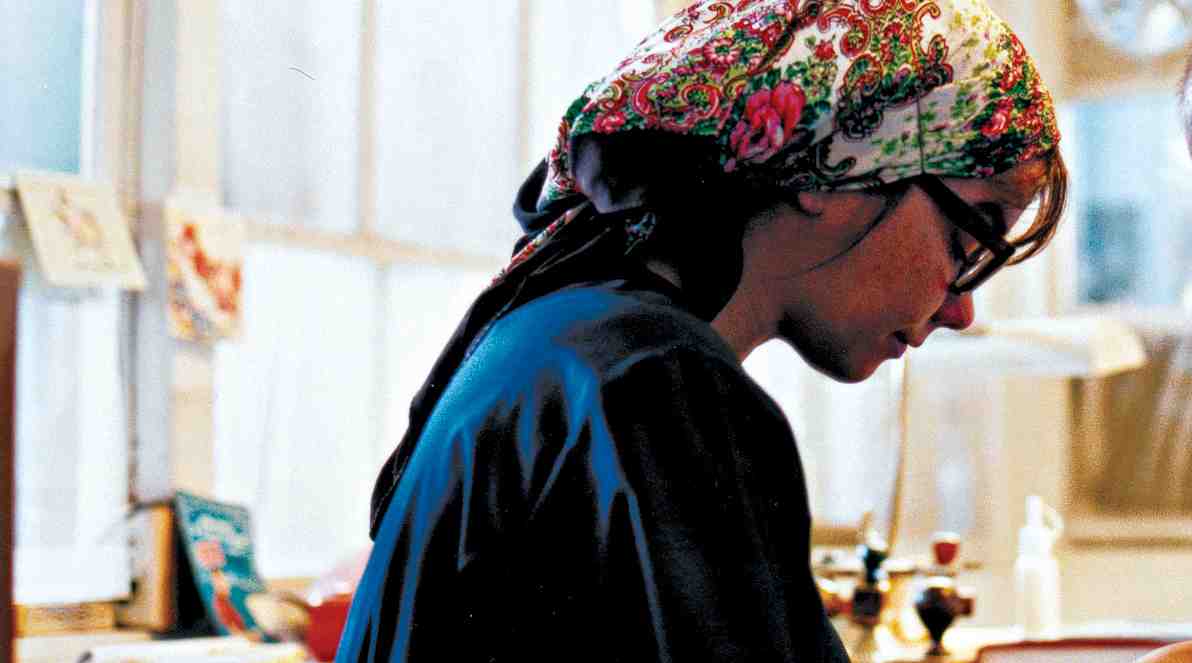
When the main character is a pivotal part of every scene of your film, it’s important to find an excellent performer who’s able to work under the pressure of holding the movie together. After he saw Bjork’s music video for “It’s Oh So Quiet”, von Trier knew that she was the one to star in his next project, “Dancer in the Dark”. The singer was reluctant at first, but after a few years of begging, von Trier convinced Bjork to act in a real motion picture, for the first time in her life.
The relationship between director and actress was chaotic. Bjork would go into character completely and become unable to get back to her true self for months after the shooting was over. Which means that when performing a sad scene, she wasn’t just acting, but actually feeling horrible and crying uncontrollably. It’s already hard to work on a von Trier production, but even more so under these conditions.
The movie is about a factory worker and lover of musicals named Selma. She’s going blind, due to a hereditary condition, and is trying to earn every penny she can get for her son’s expensive operation. Without it, he’s also due to go blind soon. Things get complicated, and all ends in tragedy.
“Dancer in the Dark” is a one of a kind tragic musical. All the songs were written and performed by Bjork, and one of them was even nominated for an Oscar. They’re all extremely emotional and tie up the sections of the film. The tunes also serve as a window into Selma’s psyche, which makes her motivations easily understandable.
After the film was over, Bjork said she would never make another movie, less so with von Trier. They both endured great amounts of tension during the shooting and ended up on bad terms. The Icelandic singer even tried to convince Nicole Kidman not to star in “Dogville”, and wrote a letter to her describing her own emotionally miserable experience. Clearly, that wasn’t enough for Kidman, who after the release of “Dogville” said that she would never work with von Trier again, due to his unusual directing methods.
Their relationship was still fruitful, as “Dancer in the Dark” is one of the best movies ever made. It won the Palme d’Or at the Cannes Film Festival, along with the Best Actress award for Bjork.
Best Scene in the Film: I could easily say “all of them,” but having to choose a single one, I think the best scene is the one in which Selma sings “I’ve Seen it All” on the train, which was nominated for an Oscar.
Her blindness had just gotten worse and she’s not able to work anymore. Selma is on her way home to get her savings and finally pay for the expensive operation that would prevent her son’s blindness.
By singing, Selma tries to convince herself that going blind isn’t so bad. She sings a duet with another character name Jeff. He names things that she won’t be able to do, like look at her grandchildren or see the beauties of the world. It’s completely tragic to see how she, unsuccessfully, tries to believe that life is worth living without eyesight.
Author Bio: Juan studies philosophy. He love films and music and plans to go to film school with his cat.